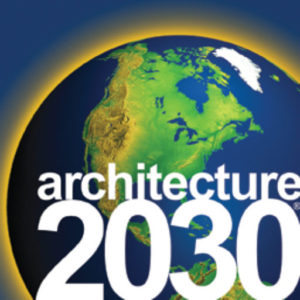Mazria Unveils Blueprint at Historic Energy Summit
Energy Independence is Within Reach
This week, at a historic gathering of industry leaders, scientists, policy experts and elected officials, Edward Mazria laid out a path for US energy independence.
The roster of speakers at the first annual National Clean Energy Summit, hosted by US Senator Harry Reid, the Center for American Progress Action Fund and the University of Nevada Las Vegas, read as a Who’s Who of individuals at the forefront of solving our energy and climate crises. Alongside Mazria, the lineup included Senator Reid, Arizona Governor Janet Napolitano, Colorado Governor Bill Ritter, New York City Mayor Michael Bloomberg, oilman T. Boone Pickens and President Clinton, who, in his keynote address, stressed the importance of the Building Sector in addressing climate change.
In his talk, Mazria unveiled the 2030 Blueprint, a three-pronged solution that uses building energy efficiency, homeowner choices and renewable energy to completely replace conventional coal by the year 2025 and to free up natural-gas-generated electricity for mass transit and plug-in hybrid and electric vehicles by 2030. To implement the 2030 Blueprint, Mazria calls for 1) upgrading the National Building Energy Conservation Code Standard to meet the 2030 Challenge targets, 2) investing $21.6 billion a year for five years in building energy efficiency and 3) passing federal legislation requiring an aggressive Renewable Portfolio Standard of at least 30% for electricity generation.

1. The Energy Information Administration (EIA) estimates that by 2030 US electricity consumption will increase by 6.97 Qbtu. The entire increase is due to additional demand in electricity for building operations.
2. By implementing the 2030 Blueprint, the US can phase out the use of conventional coal by 2025 and free up natural gas for other uses by 2030.
Architecture 2030 will release a new study in September, describing in detail how to implement the 2030 Blueprint. The 2030 Blueprint was outlined previously in a study released by Architecture 2030 in April 2008.

